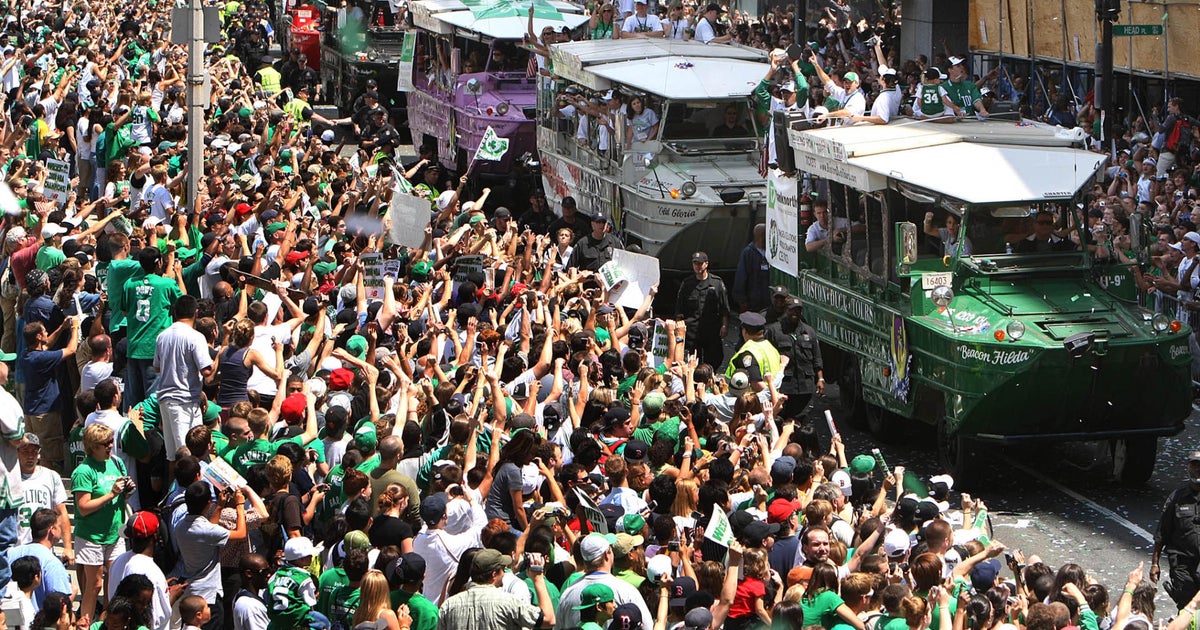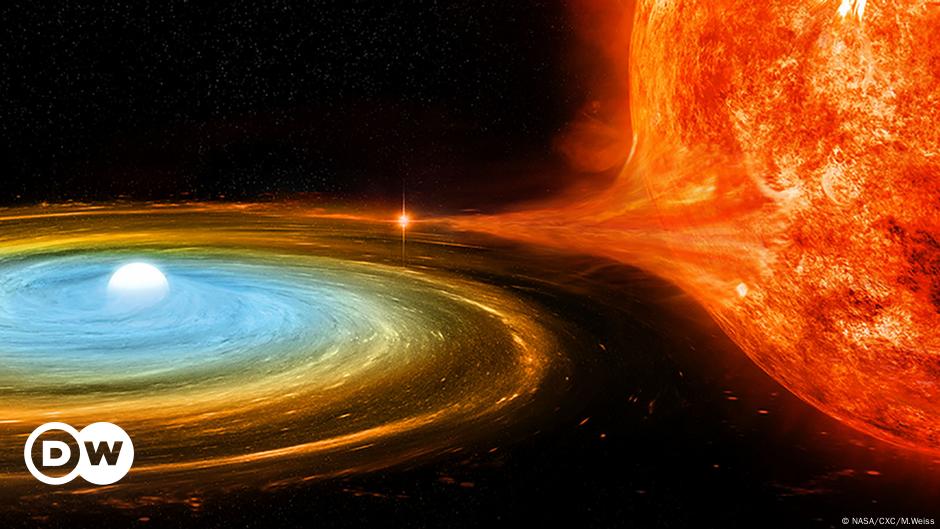Sign up for CNN’s Wonder Theory science newsletter. Explore the universe with news on fascinating discoveries, scientific advancements and more.
A “planet parade” during which six planets will appear to align in the sky near dawn is on the way, but only three planets will be visible with the naked eye — and the phenomenon is more common than it sounds.
“You’ll be able to see Mars, Saturn and Jupiter,” said Dr. James O’Donoghue, a planetary astronomer and research fellow at the University of Reading in the United Kingdom. “If you have binoculars and if you know where to look, you could probably see Uranus, but there’s not much point in waiting until nearly sunrise — you might as well do that earlier in the night. Bottom line is that you can only see about half the planets in this planetary lineup with a naked eye.”
The best day to see the spectacle in Europe and North America will be Sunday, about half an hour before sunrise, according to O’Donoghue. Aiming for that time frame would give you a chance to spot Mercury as well, although it might not be easy even with binoculars, he said.
“The problem is that the sun will be illuminating the sky in that area,” O’Donoghue added. “It’s just before the sunrise, but it will still be very, very bright in the sky, and you probably don’t want to be pointing your binoculars near the sun either.”
If you have one, a telescope would help, especially if you’re hoping to spot Uranus and Neptune. “But to actually be able to see these, you need to be zooming in to one target so much that you’re not seeing the others anyway, so you’d be getting rid of all your field of view,” he said.
The order in which the planets will align on Sunday is Jupiter, Mercury, Uranus, Mars, Neptune and Saturn, and they will be accompanied by a crescent moon. Later in the week, by Thursday, the moon will be out of the way — reducing light pollution, O’Donoghue noted — and Mercury will have switched positions with Jupiter.
The alignment will be visible to sky-watchers everywhere, but the ideal date to see the planets with the closest alignment might differ depending on where you are in the world.
Planetary alignments: What to know
It’s important to note that this alignment is not happening in space, but just in the sky as seen from our planet.
“From the point of view of someone standing on the Earth, looking at the sky, it will look like there is more or less a straight line of planets, which you could call a planetary alignment or a planetary parade,” said Dr. Kate Pattle, a lecturer at the department of physics and astronomy of the University College London.
“But physically, there’s no actual alignment happening. It’s just that most of the planets are more or less on the same side of the sun at the moment. If the planets actually aligned with each other in space, that would be called a syzygy and that’s a much, much rarer event,” she added.
This kind of planetary alignment is in fact not rare at all. “There’s going to be several more in the next couple of years, because the outer planets move in the sky more slowly, as they’re further away from us, creating lots of chances for these kinds of alignments to happen,” Pattle said. “Actually, a probably better one is going to happen next February, when we’ll have all of the planets in the sky at the same time, including Venus which is missing from this one.”
Pattle recommends Monday, about an hour before sunrise, as the best chance to see the show in most parts of the world, and she is more optimistic about Mercury joining the group of planets visible without instruments.
“Mercury is usually visible with the naked eye if you’re somewhere with low light pollution, but it’s better with binoculars because (the planet is) not particularly bright and it’s only visible shortly before dawn, so it’s usually on a fairly bright background,” she said.
An app such as Stellarium Mobile or Night Sky can come in handy if you’re unsure where to look, and ideally you’ll need to be somewhere with low light pollution and a low horizon, because Jupiter, Mercury and Uranus are not going to be very far above it, Pattle said.
You should also try to be somewhere with a good view to the east, because this will be more or less in the direction of the sunrise. “Jupiter will be the easiest to spot, because it’ll be the brightest thing in the sky after the moon,” Pattle said. “The other planets, they’re not easy to distinguish, but they don’t twinkle in the same way that stars do, so that’s one way to spot them.”
For more CNN news and newsletters create an account at CNN.com

Dr. Sarah Adams is a scientist and science communicator who makes complex topics accessible to all. Her articles explore breakthroughs in various scientific disciplines, from space exploration to cutting-edge research.








